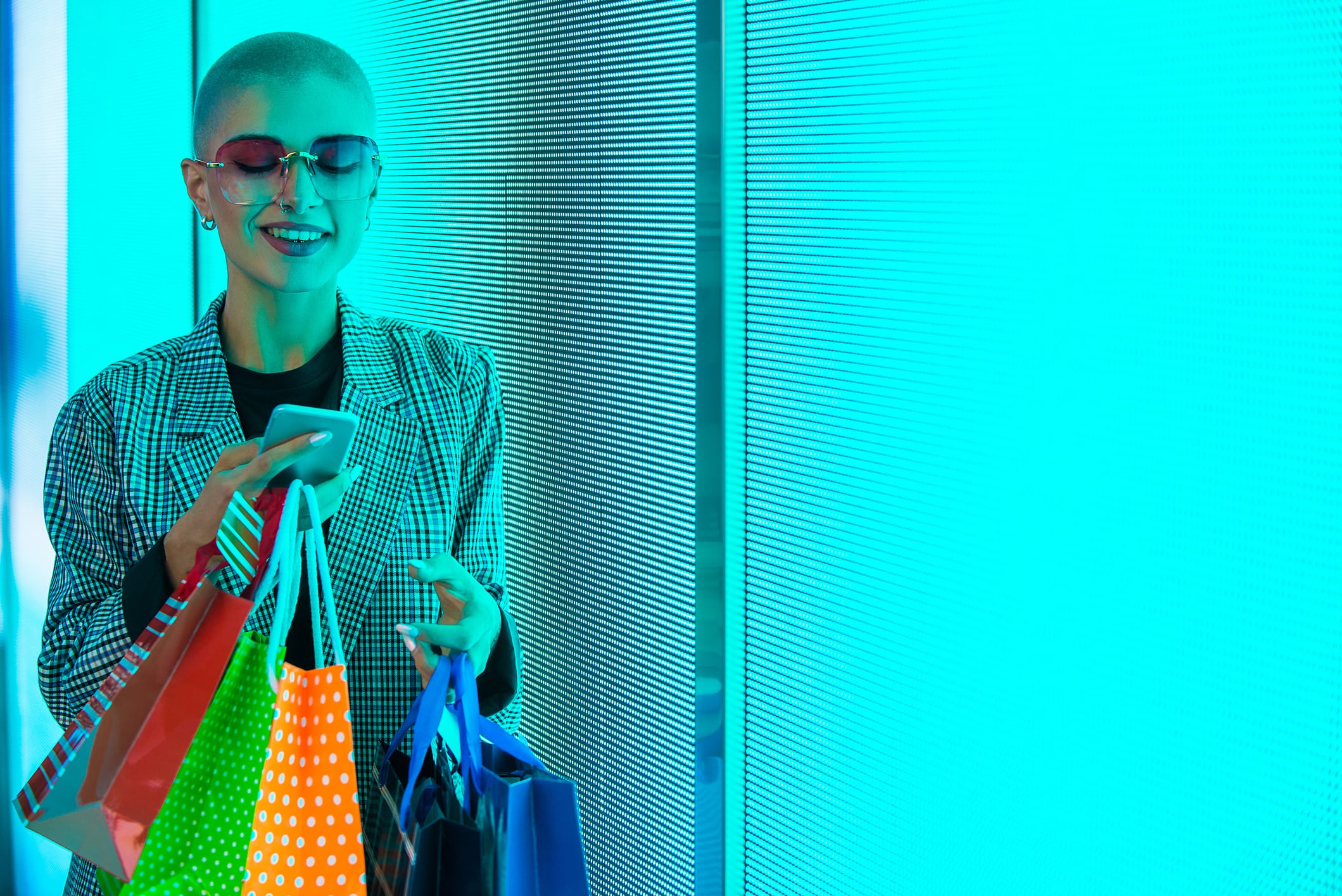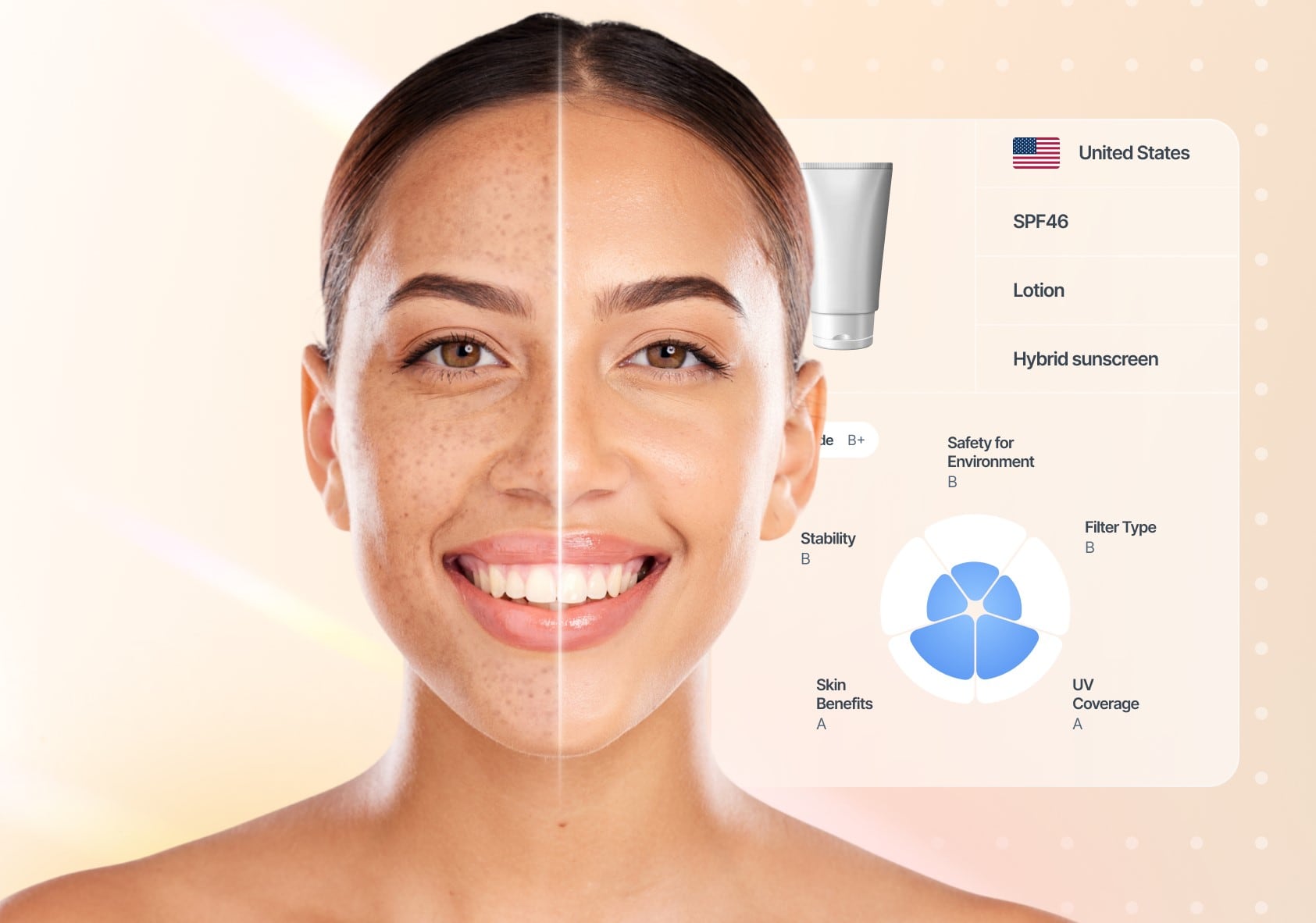After years of economic turbulence, shoppers are beginning to regain confidence, yet they’re emerging with new priorities and noticeably different buying habits – especially when it comes to beauty.
Alex Heffernan, insight manager for health, beauty and personal care at market intelligence firm NielsenIQ, said that while NIQ’s data shows that the beauty category continues to outperform the broader market, it’s clear that the goalposts are changing.
“For both brands and retailers, success now means navigating a landscape shaped by heightened expectations, rapid technological adoption, and a wave of new retail channels – all under fierce competitive pressure,” he said.
The latest NIQ Health, Beauty & Home State of the Nation 2025 (SOTN) report underscores just how much shopper priorities have shifted. It appears that health has become the top concern for households, overtaking even cost-of-living worries. Consumers are proactively building routines filled with vitamins, supplements, and healthier food choices as they take greater control of their long-term wellbeing.
“Technology is equally reshaping how people buy and what they’re willing to spend on,” said Heffernan. “Shoppers are increasingly prepared to pay for innovation that fits their evolving lifestyles — from smart health devices to personal care electronics priced over £100: a segment that now makes up 61% of category value.”
He added that the bottom line is that “consumers are willing to spend more when the offer is clear, compelling and relevant.”
“This means that retailers have an opportunity to thoughtfully expand assortments that tap into wellness – whether that’s functional beauty, ingestibles, or cross-merchandising with health categories,” he continued. “And there’s no better time than now to start.”
For Heffernan, the most striking shift is in where shoppers are buying, with spend on beauty virtually 50/50 between store and online. He shared that NIQ’s data shows that online now accounts for 49% of all health and beauty spend, and the market is becoming more fragmented by the month.
He also highlighted that Amazon commands nearly half of this space, while direct-to-consumer models carve out a solid 6%, rapid delivery grows quickly, and social platforms rewrite the rules on discovery and conversion.
TikTok is currently the UK’s second-largest e-retailer in health, beauty and home, which “highlights just how dramatically the shopper journey has been disrupted,” said Heffernan.
Growth comes from understanding who your shoppers are
Heffernan advises looking to China for “a glimpse of what may be next” as social commerce there already makes up 7% of total FMCG sales. He added that “it’s a clear signal that content, community and commerce are converging fast, forcing brands to rethink where and how they engage.”
“Brands can’t afford to strategise broadly anymore,” he continued. “Growth today comes from de-averaging; understanding who your shoppers are, what drives them, and how they behave differently.”
Gen Z is powering this rise of social commerce, while Millennials are more likely to focus on event-based shopping, where they can grab the biggest deals. Meanwhile, Boomers continue to invest in buying gifts for grandchildren and supporting their adult children.
NIQ data’s makes it clear that targeting more, smaller demographic groups is how brands build real penetration.
Timing remains critical too," said Heffernan. Major online events like Prime Day, Big Deals Day and Black Friday continue to deliver impressive returns, offering perfect moments to activate tailored campaigns. “For retailers, aligning promotions and inventory readiness with these spikes is key,” he said.
The gifting landscape is expanding beyond traditional seasonal spikes and there’s a clear rise in “just because” gifting. NIQ data shows that two in five shoppers who receive a beauty or personal care gift pack go on to purchase that same product or brand again. “This puts brands and retailers in the perfect position to merchandise gift packs prominently,” he explained. “And brands could run gifting campaigns beyond traditional seasons like Christmas, turning them into a year-round growth lever.”
In a market flooded with choice, differentiation is what builds sustainable advantage now. Today, that increasingly means standing for values that matter to shoppers. Products with strong ethical or environmental credentials aren’t simply nice to have – they’re growing faster and winning shopper trust.
This his meant that sustainability is also firmly back on the agenda. According to NIQ’s SOTN report, toiletries carrying sustainability claims saw 25% value sales growth compared to just 5% for products without, underscoring that ethical considerations are once again driving the shopping basket.
People pay more for quality, innovation & purpose
Heffernan highlights that consumers are generally willing to pay more for quality, innovation and purpose.
“NIQ’s Health, Beauty & Home State of the Nation data shows that brands like Always, for example, have driven significant growth by addressing real shopper needs with empathy through its Always Discreet range, while L’Oréal continues to outperform by deliberately broadening its reach across demographics via inclusive targeting for its cosmetics,” he said.
For him, the brands and retailers that will stand out are those that deliver clear, meaningful value —whether through sustainability, smarter solutions, or simply by making shoppers’ lives easier and more enjoyable.
He also highlighted that the retail environment isn’t just evolving, it’s fragmenting. That means there’s no room for one-size-fits-all strategies.
“The brands that will win are those who actively explore new channels, sharpen their targeting and timing, and differentiate in ways that truly resonate with modern priorities,” he said.
“At the centre of all this is data,” he continued. “Without robust insight into who your shoppers are, where they’re spending their time and money, and what ultimately drives their decisions, even the best-intentioned strategy risks falling flat.”





